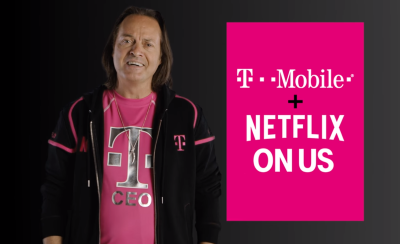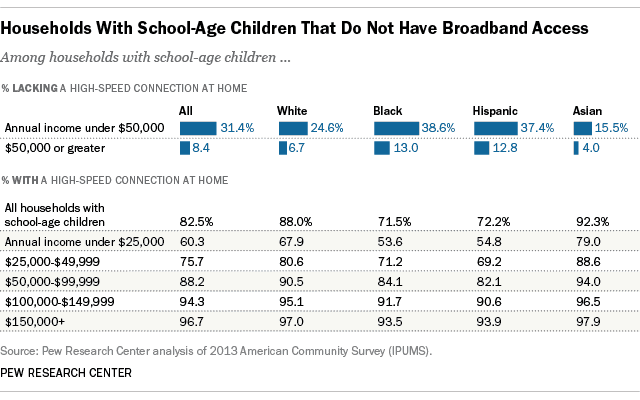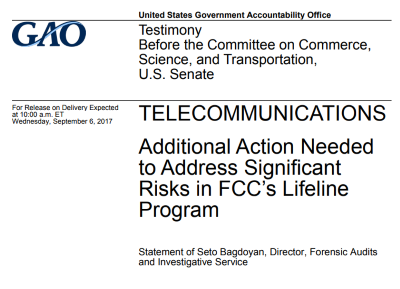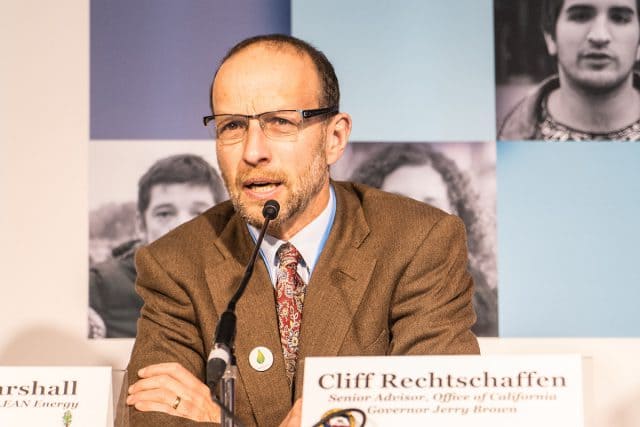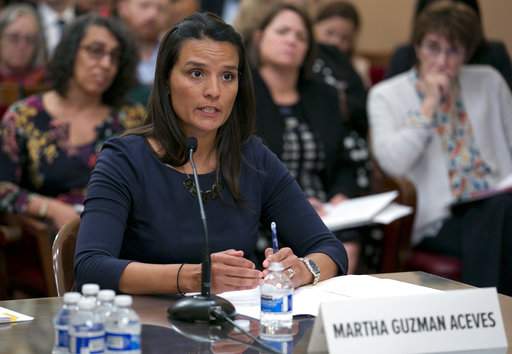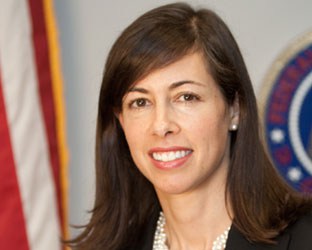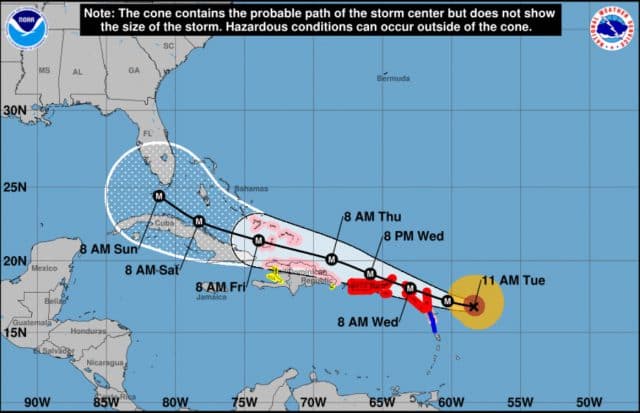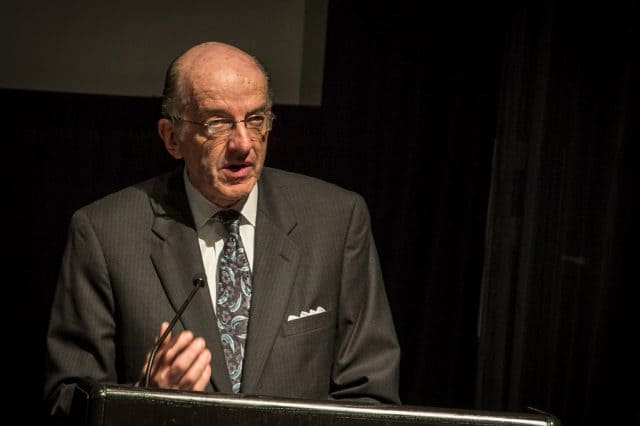T-Mobile ONE family plans now come with a free subscription to Netflix, the wireless carrier announced today.
“Now, the Un-carrier is going ALL IN on unlimited by adding Netflix — the world’s leading entertainment service — to T-Mobile ONE family plans,” T-Mobile said in a press release. “Which means anyone with two or more qualifying T-Mobile ONE lines can get Netflix On Us. And T-Mobile ONE with unlimited everything — and now with Netflix included — is still just $40 per line for a family of four. As always, monthly taxes and fees are included.”
“The future of mobile entertainment is not about bolting a satellite dish to the side of your house or resuscitating faded 90’s dotcoms. The future is mobile, over-the-top and unlimited,” said John Legere, president and CEO of T-Mobile. “While the carriers spend billions on their franken-strategies to cobble together carrier–cable–content mashups, the Un-carrier just leapfrogged them all by partnering with the best and giving it to customers at no extra charge. Because that’s what we always do. Give more to you without asking more from you.”
T-Mobile claimed the move to incorporate Netflix into its included services is part of a new campaign to further irritate AT&T and Verizon Wireless. Both of the larger carriers have been making acquisitions of content companies with the hope you will boost your mobile bill by bundling services like Go90 and DirecTV Now into your package. By giving away Netflix free to qualified customers, T-Mobile can argue its package remains a much better value and its network can handle the added streaming video load.
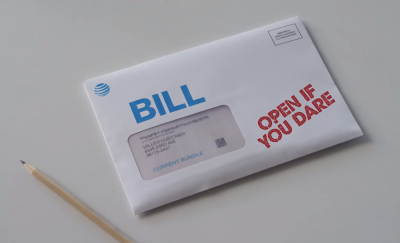 “Carrier bundles are almost always a combination of something you want and something you don’t … all in an effort to jack up your monthly bill even more,” T-Mobile argued. “Worse, carrier bundles are usually designed to explode after the “introductory promo” runs out, and customers are stuck paying hundreds more each year. T-Mobile’s strategy couldn’t be any more different. The Un-carrier sees an opportunity to do mobile entertainment right for today’s families … to give you something you want together with something else you want – but at no extra cost.”
“Carrier bundles are almost always a combination of something you want and something you don’t … all in an effort to jack up your monthly bill even more,” T-Mobile argued. “Worse, carrier bundles are usually designed to explode after the “introductory promo” runs out, and customers are stuck paying hundreds more each year. T-Mobile’s strategy couldn’t be any more different. The Un-carrier sees an opportunity to do mobile entertainment right for today’s families … to give you something you want together with something else you want – but at no extra cost.”
The details:
Starting Tuesday, September 12th, qualifying T-Mobile ONE customers can activate their Netflix subscription online, in-store or by calling T-Mobile’s customer care. If you already have a Netflix subscription, T-Mobile will cover the cost of a standard subscription for you — meaning you’ll save nearly $120 every year. To qualify, all you need are two or more paid voice lines on T-Mobile ONE. Customers with free lines from T-Mobile’s “line-on-us” deals also qualify. Customers on Unlimited 55+ or 2 lines for $100 can get Netflix On Us by switching to the latest T-Mobile ONE plan. T-Mobile ONE families who get Netflix On Us will also get T-Mobile’s Family Allowances at no extra charge. Family Allowances allow parents to manage their kids’ phone usage — like setting guidelines for talk time, text messages, download times and which numbers their kids can contact.
John Legere, CEO of T-Mobile USA, introduces Netflix on Us and roasts his competitors AT&T and Verizon Wireless. (6:10)


 Subscribe
Subscribe